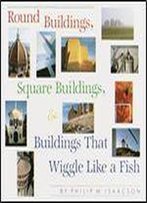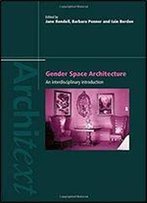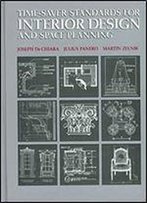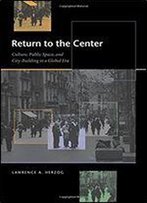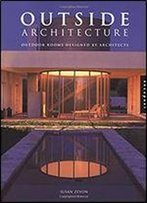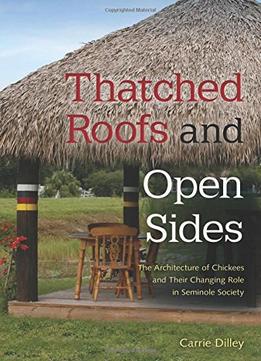
Thatched Roofs And Open Sides: The Architecture Of Chickees And Their Changing Role In Seminole Society
by Carrie Dilley /
2015 / English / PDF
6.8 MB Download
“Takes us on a journey to the heart and soul of Seminole life—the chickee. Dilley ably navigates archaeology, architecture, and oral history to tell the story of the Seminole house, from its origins, through its persistence in the face of modernization, and ending with a glimpse into the future.”—Ryan Wheeler, director, Robert S. Peabody Museum of Archaeology “Here we have as close as we can get to an inside view of life in a chickee and the people who made them.”—Brent Weisman, co-editor of The Florida Journals of Frank Hamilton Cushing Before and during the Seminole Wars, the Seminoles typically used chickee huts as hideouts and shelters. But in the twentieth century, the government deemed the abodes “primitive” and “unfit.” Rather than move into non-chickee housing, the Seminoles began to modernize and have continued to evolve the thatched roof structures to meet the needs of their current lifestyles. Today, chickees can still be found throughout tribal land, but they are no longer primary residences. Instead, they are built to teach people about Seminole life and history and to encourage tribal youth to reflect on that aspect of their culture. In Thatched Roofs and Open Sides, Carrie Dilley reveals the design, construction, history, and cultural significance of the chickee, the unique Seminole structure made of palmetto and cypress. Dilley interviews builders and surveys over five hundred chickees on the Big Cypress Indian Reservation, illustrating how the multipurpose structure has developed over time to meet the changing needs of the Seminole Tribe.




